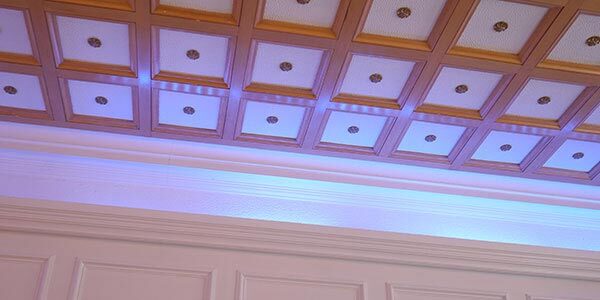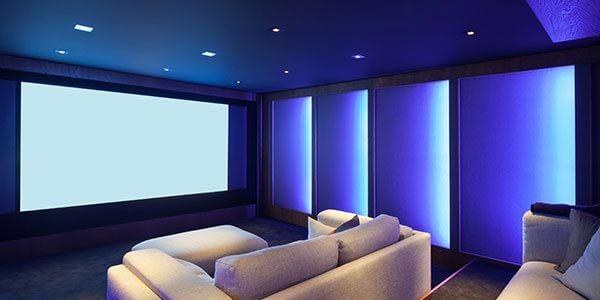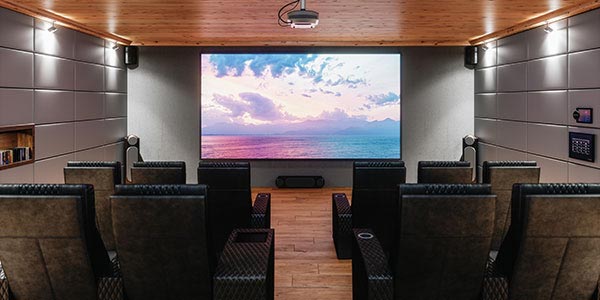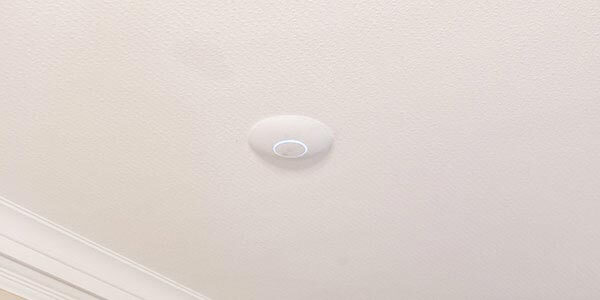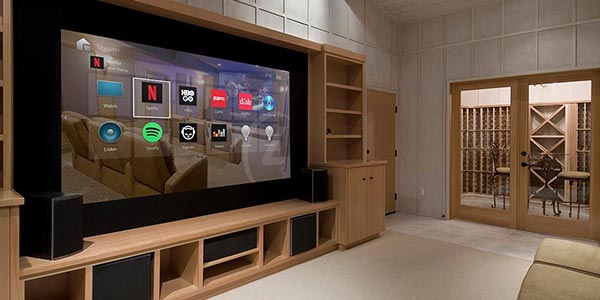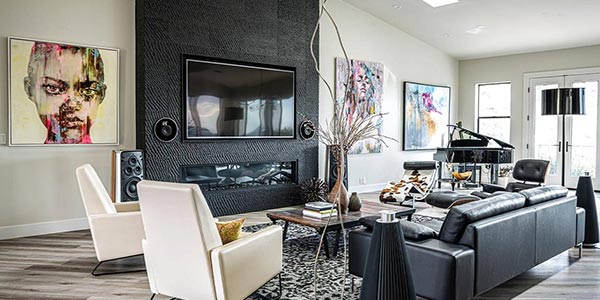How to improve Wi-Fi coverage in your property?
Traditionally, Wi-Fi has tended to be installed in a pretty simple way: by connecting a single router to a modem provided by an ISP (internet service provider). That one router would then transmit a signal wide enough to be detected by various Wi-Fi-enabled devices in the building.
The term “wide enough” can, however, prove difficult to define precisely. The further away a device would be from that router, the weaker the signal this device could pick up. Sometimes, solid walls or objects could interfere with that signal, which might not even reach certain parts of the building.
Those parts would consequently be known as “dead zones” – and, if your home is beset with them, you might understandably be wondering how you could strengthen Wi-Fi coverage throughoutyour domestic property. The good news is that it’s often a case of “easy once you know how”.
How can you improve Wi-Fi coverage in a property?
If you’ve noticed any potential signs of faltering Wi-Fi connectivity, such as dropped Wi-Fi signals or difficulties in streaming music or video, there are various fixes you could try, including:
- Updating the router’s firmware and drivers
- Positioning the router in a wide, open area of your home
- Making sure your router is on the 5GHz frequency
- Securing the Wi-Fi network with a password to prevent unauthorised use
- Adding an external antenna to the router
While some of these measures are easy to take, others might require further explanation. For example, when shopping for an external antenna, it would be worth checking the website of your router’s manufacturer for guidance on exactly what type of external antenna you should buy.
In this article, we will detail how you can tackle your Wi-Fi problem – and when you should think about replacing any part of your Wi-Fi infrastructure.
Why remedying weak Wi-Fi can be easier than you think
As distance and obstacles are both capable of hampering your home’s Wi-Fi speed, you could try placing your router in a relatively open part of your home, such as on its main floor. If possible, keep that router above furniture and away from other electronics that could cause interference.
If these tactics fail to make much discernible difference, you should have a good look at the router itself. If it relies on an outdated Wi-Fi standard, such as 802.11n or the especially antiquated 802.11g, consider replacing this router with newer, more up-to-date hardware.
If your current router is quite an old model, it might not have the latest firmware and drivers available for it – and, unlike many newer models, any means of automatically updating its software. You may therefore need to manually update this software by diving into the router’s settings.
What are the advantages of using a Wi-Fi point to point installation?
As we have previously alluded to, your router might be doing all of the heavy lifting of providing Wi-Fi connectivity to your home’s occupants. However, you could opt for what is known as a point to point Wi-Fi network, which would help to broaden your Wi-Fi’s coverage.
A point to point Wi-Fi network is essentially a wireless network consisting of the router as well as multiple wireless access points placed around different parts of the property. These can be positioned strategically to ensure that “dead zones” are eliminated, resulting in much more even coverage.
So, if a wall usually stands between your router and a part of your home affected by weak Wi-Fi coverage, you could simply place a Wi-Fi access point in that area. Online-ready devices, like laptops and tablets, there can then connect straight to this access point rather than the router.
How to check you are using the 5GHz band?
If your Wi-Fi router is a dual-band or tri-band model, you should – where possible – connect to the 5GHz band rather than the 2.4GHz band. While many smart home devices can only use the latter, it would be a different story with your phone, laptop, tablet or smart TV.
These four are all examples of devices that would be compatible with the significantly faster 5GHz band. If you are unsure which of these two bands a given device is using, you can check by going into that device’s Wi-Fi settings.
What if your router doesn’t even offer a 5GHz band for compatible devices to use? This situation would definitely be a strong incentive for you to replace that router with a new, more up-to-date model, as this would be a simple way for you to unlock higher Wi-Fi speeds.
What is the best way to improve Wi-Fi in an outbuilding or summerhouse?
Here, a point to point Wi-Fi network could help immensely, as it wouldenable you to benefit from a strong connection even if you are in the garden. That’s because you could place a Wi-Fi access point right inside an outbuilding or summerhouse.
With this arrangement, a “sender” device could be mounted to an external wall of the main house, from which the Wi-Fi signal would be sent to a receiver fitted on the outbuilding or summerhouse. This signal would then be transferred to the Wi-Fi access point within that building’s walls.
If this building is less than a hundred metres from your primary residential building, an even better approach would be to run an Ethernet network cable between them and to a hard-wired access point – a data cabling service we can undertake at London homes.
Make sure your home’s Wi-Fi network ticks these boxes
Of course, this article has already touched on numerous criteria your home’s Wi-Fi setup should meet. However, you should also make sure your router is compatible with the modern Wi-Fi 6 standard and not limited to now-obsolete standards such as 802.11g.
Installing Wi-Fi access points with cabling would be the best way to improve your home’s Wi-Fi coverage, while a mesh Wi-Fi network would be the second-best option. In London homes, we can install mesh networks as well as hard-wired Ethernet structured cabling with Ubiquiti access points.
Our Wi-Fi technicians can diagnose any damage to your Wi-Fi network and discern how it should be fixed. We can then administer the Wi-Fi repairs necessary. Alternatively, you could replace that network altogether; why not book a free consultation to learn more about our Wi-Fi installation solutions?



